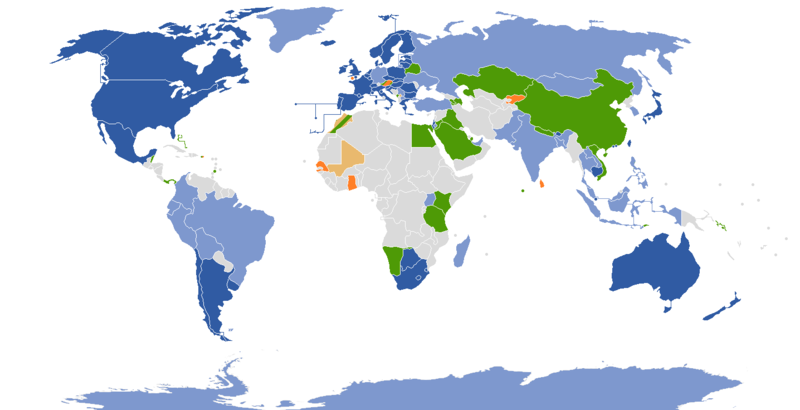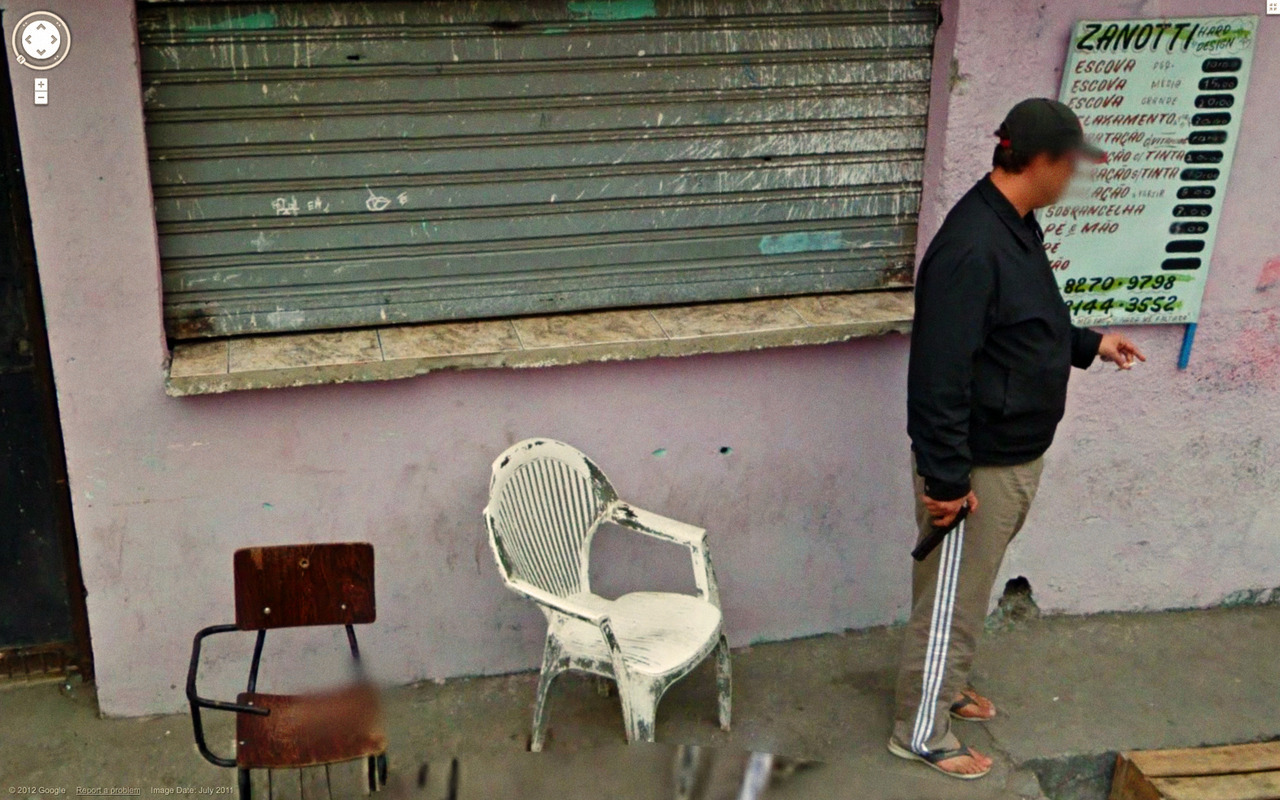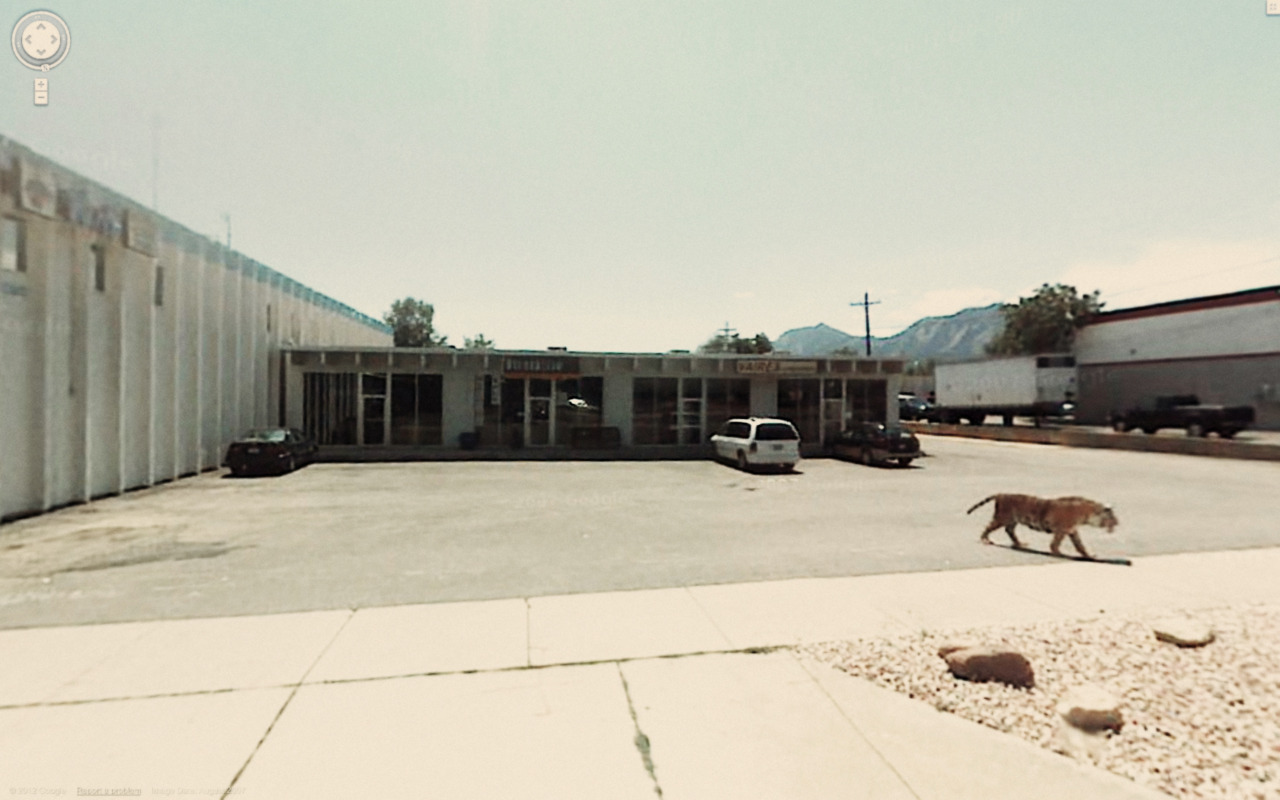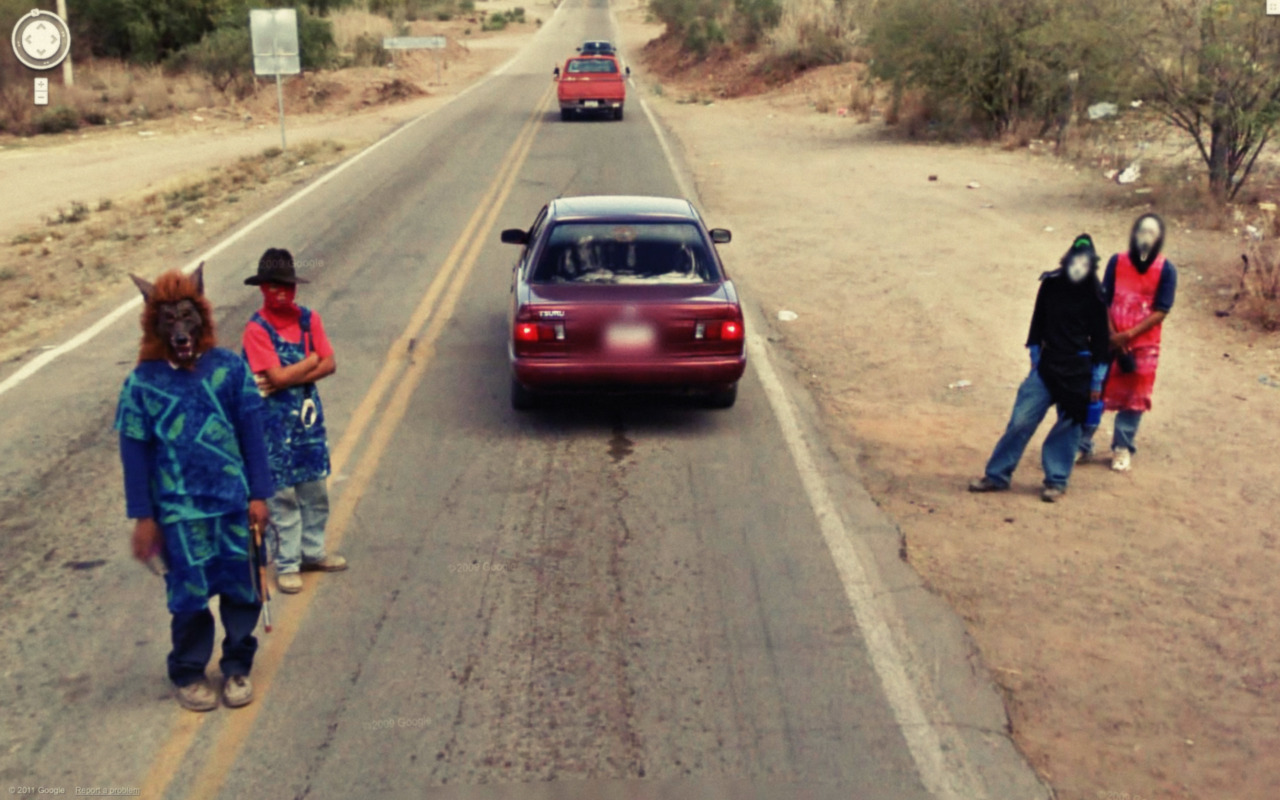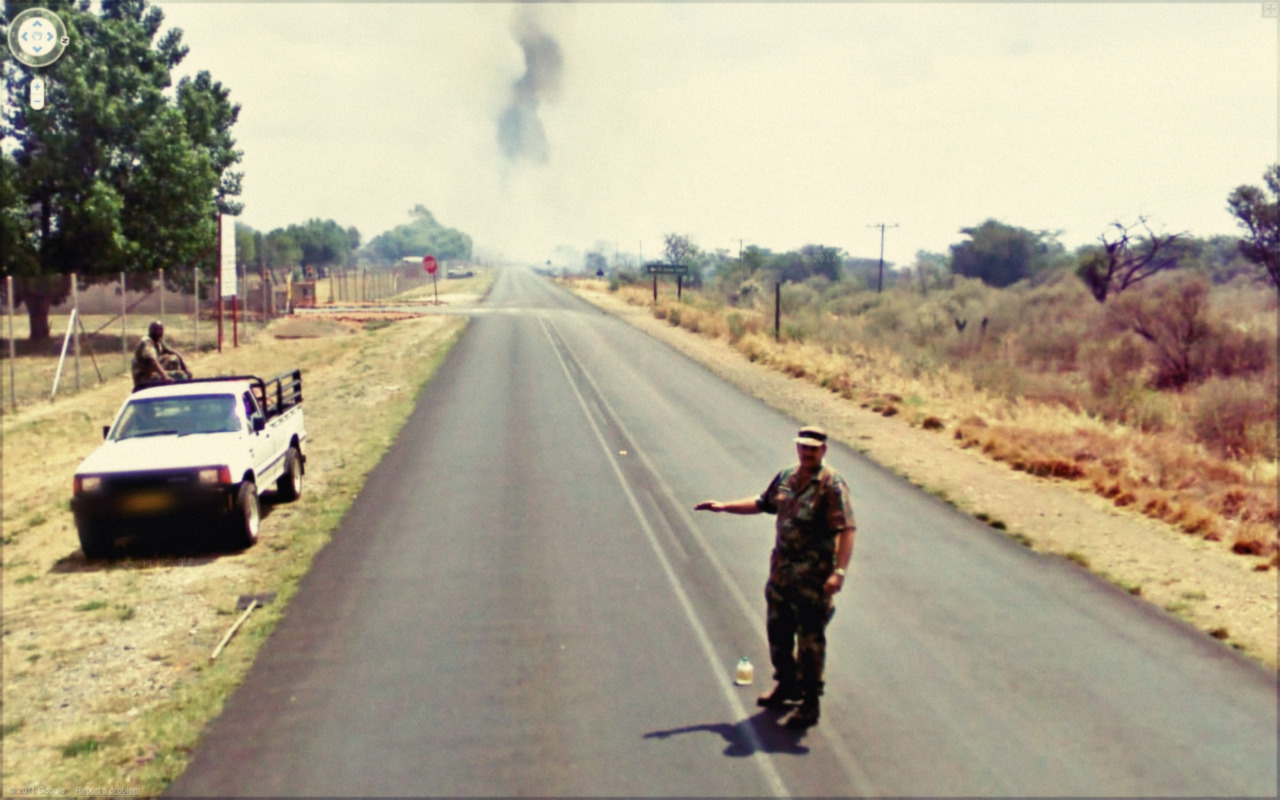More of my images from the workshop can be found HERE
 |
Street photography is a type of photography that features subjects in candid situations within public places such as streets, parks, beaches and shops. Street photography uses many techniques that are similar to documentary photography and there is a great deal of overlap between the two. Documentary photography is more of a social investigation and often has motives to improve society - there is often a higher level of emotional intensity in documentary photography. There are some great photographers, such as Dario Mitidieri, who can flit between both worlds.
On photo sites like Flickr it is very easy to find street photography groups with whom you can share your images. One of the better groups is HSCP (Hardcore Street Photography) and many of the images we were shown during the workshop came from members of this group. Once you start getting very good then there are more professional groups such as iN-PUBLiC who can provide access to publishers etc.
If you want to start out in street photography the basic guidelines are really very simple:
- You should shoot with one camera and one lens - preferably a fixed/prime lens between 28 and 50mm. I brought along four different lenses to the workshop and had to lug them around all evening as they were left unused in my camera bag.
- Use digital, especially if you are starting out, as you need fast feedback to see if you are getting the basics like exposure and shutter speed right.
- Don't use a telephoto lens, they are for nature, sport and perving and are therefore not suitable for street work! When using my Canon 5D Mk2 all of my shots were taken using either the Canon 35mm f2 or Canon 50mm f1.8 lens. I had a Lumix GX1 with a 20mm f1.7 lens as a small back up but I rarely needed this camera.
- Always carry spare batteries and memory cards (if it's cold keep the spare batteries in an inside pocket to keep them warm and stop them draining too quickly).
- Wear comfortable shots and anticipate changes in weather.
One of the biggest hurdles to overcome when shooting in public is fear. Unfortunately to be a good street photographer you need to overcome this fear and not be afraid to point cameras at people. One way to practise is take your camera somewhere where they are expected ie tourist attractions and use this to be able to blend in with the tourists.
One important tip we learnt was not to look sneaky. You may be able to get a secret snap of your subject if you shoot from behind an obstacle but someone else is bound to notice you and may challenge you. Confidence is massively important - I found that looking like I knew what I was doing really helped, especially when asking people if I could take their portraits.
A few points to note about street photography and the law:
- It is legal to photograph people in a public space in the UK.
- If a building is on private property they may be photographed from public land i.e. the street.
- You can be asked to leave private property ie a pub by the owner if you haven't asked for permission to shoot pictures there.
- A police officer or security guard cannot make you delete a photograph, even if taken on private land.
- You do not need permission to exhibit your pictures, publish them in magazines or on the internet but a model release may be required if the image is being used for commercial purposes.
 |
| David Solomons, one of the workshop tutors, breaking the rule about looking sneaky :) |
First stop for our practical street workshop was to the pub. It seems that a mild case of alcoholism is great for building the confidence. Whilst this was useful at getting rid of some inhibitions about taking photos I found that it made me forget all the important details like checking the full frame and making sure all of the settings were spot on. Definitely a case of finding the ideal balance of alcohol in the blood stream :). Whilst we were trying to capture candid shots we also had the task of trying to get posed portraits of complete strangers. This was a good task for confidence building and, as it was Halloween, there were plenty of people out in fancy dress and thus were easy targets for getting pictures.
All the shots below were taken near Piccadilly Circus with a bit of a drift into Chinatown, Soho and along the theatre district. I asked for permission and posed the subjects in almost every shot - the zombies and woman in front of the advertising board were taken as candid images. Everyone I spoke to was more than happy to have their picture taken and I was never threatened or turned down. Almost all of the pictures were taken using the 35mm lens and so I was only two or three feet away from the subjects.
The second day of the workshop started with a review of the previous day's images and tips for picking images for final selection. I had taken about 300 shots during the previous day/night and in all there was only 2 or 3 that the tutors thought were any good - although several more that I was happy with! The final session of the afternoon was a trip to Brick Lane for more portraits and candid shots. Anyone wanting to practice this sort of photography should head on down there - it is full of characters and photographers and so you won't even raise an eyebrow as you work. The following four portraits were all asked for; the difficult bit was waiting for the subject to stop hamming up for the camera and then relax for a more informal shot. I even managed to find someone relatively famous to take a picture of :)
I was still looking for interesting street scenes and the following four are my favourite from the afternoon. The first three are candid images, they aren't perfect but I'm really pleased with the way they came out. The final image was posed for me by the subject, a lovely lady who put up with me leaning directly over her shoulder for a good few minutes until I got the shot I was after.
I had an amazing time during the workshop and I feel that my whole view of photography has improved as a result of the lessons and practical elements that it covered. I have become far more critical of my own images and have been forced not just to blindly accept mediocre images any more.
The ten things I learnt from the workshop:
- Don't be afraid of rejection if asking for a portrait or of an aggressive encounter when taking candids. Not everyone is an ex-cage fighter psycho killer and most people are friendly if you explain honestly what you are doing.
- When shooting at night make sure you find a good source of light (as you wont be using a flash)
- Don't silhouette your subject unless it's a deliberate choice, if they've agreed to a portrait then move then to face the light.
- Shoot in manual mode during the day, a setting of f11, 1/500 and ISO 400 is a good starting point. If you need to change for a specific shot then do it using shutter/aperture priority mode and then go back to full manual.
- If shooting at night with a modern camera then don't fear ISO 1600 or 3200 - there may be some noise when you zoom in on the image on screen later but you can still print with amazing quality. The important aspect is shutter speed as you need to be able to work at 1/200 or faster to capture candids.
- Busy streets are great for action but really hard to get a clean shot of the subject. Use a shallow depth of field or better still change your position to isolate your subjects.
- Walking through a street may get results but it is easier to find a good spot and wait for the action to come to you. Especially true if you find somewhere with good lighting or an interesting background.
- Don't rely on taking one picture of the 'moment'. If you spot a scene developing then take several different pictures to work the scene - it was the thing we got told off for the most as even the great photographers may take 10+ shots to get the perfect one.
- Before you hit the shutter release you must try to look at the whole of the frame, there's nothing worse than capturing a great moment only to realise you've clipped out a hand or foot or that something really distracting is in the corner of the shot.
- Don't take pictures of people on their phones (we all did!), it's been done to death and you should only consider it if your subject has an interesting face, is doing something unusual or is in fabulous light.
















